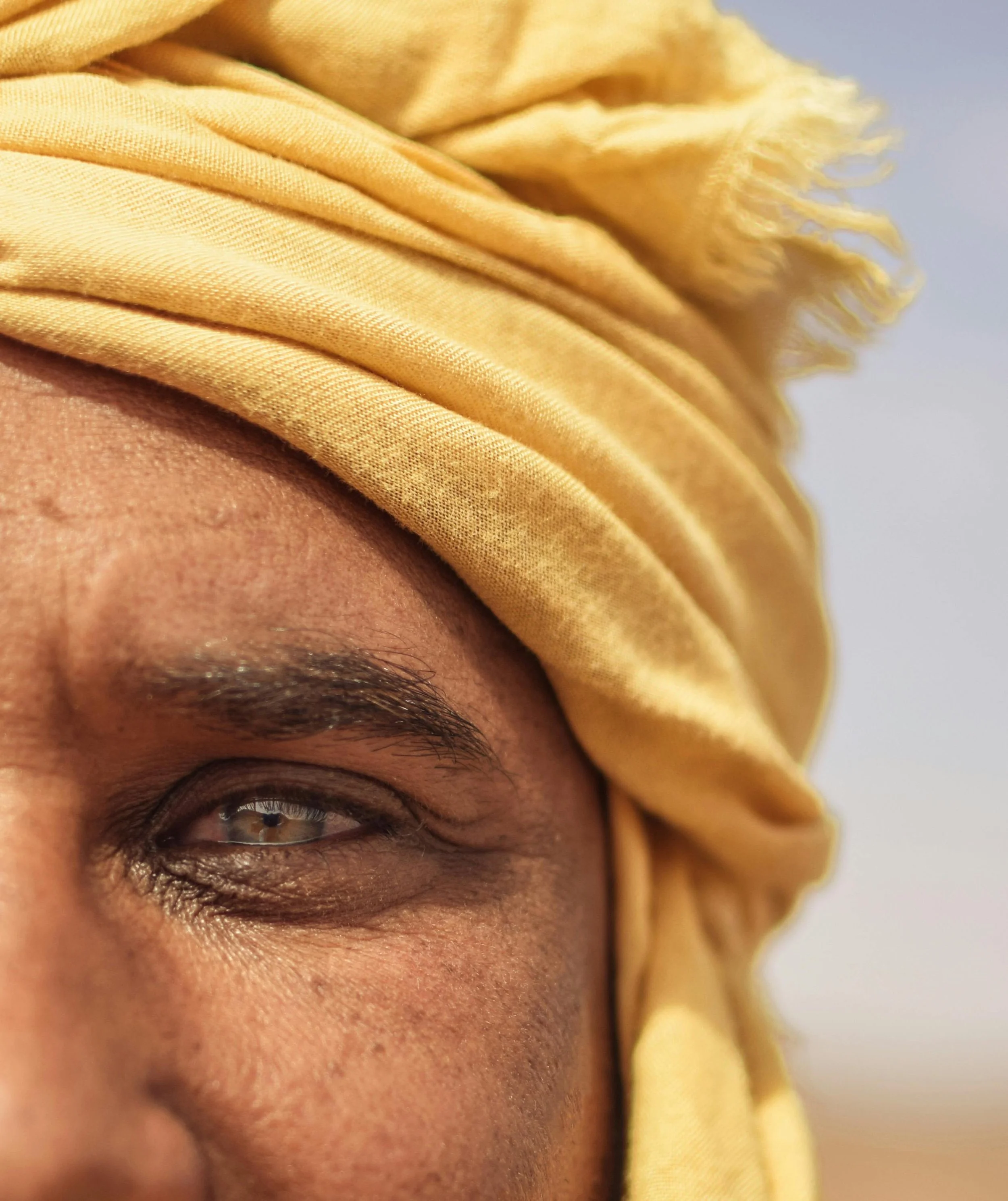The Oldest Ritual: A Brief History of Cross-Cultural Self-Care & Beauty
It’s common in our modern era of influencers, social media, and the commodification of self-care to think that skincare & beauty are things born of the modern era; the truth is that it’s instinct to care for and nurture our bodies. These practices span not just millennia, but also species.
From birds with a penchant for interior design to Victorian Ice Facials, the desire to curate our spaces and ourselves is nothing new. Self-care has deep roots in the sacred, the surprising, and, yes, the superficial.
Here are Seven interesting ways that these practices have shown up throughout history.
Greek Gymnasiums, Olive Oil, and Strigils.
In ancient Greece, the gymnasium was more than a place to get a workout. They were cultural hubs for development and preparation of many kinds. Gyms served as places for physical fitness, body care, and also philosophical and mental development. One particularly interesting practice was the use of olive oil and strigil. After time in the gymnasium, men would apply olive oil to their entire body and remove it with a tool called a strigil. A strigil was a curved metal tool with a blade, not entirely unlike that used in gua sha. This process cleansed, exfoliated, and nourished the skin. Dipping briefly into the “too weird to be true” category, Gloios, the by-product of this scraping process, was sold as a supplement of sorts. This paste of dirt, dead skin, and olive oil was thought to possess the vitality of the athlete, thus having curative and tonifying properties. Surprsingly, there were a number of similar by-products sold during this time, with the revenue funding activities of the gymnasium.
Amazonian urucum
Long before SPF was on everyone’s mind, pre-Columbian indigenous groups in the Amazon basin of South America used a pigment made from Urucum (Annatto, Achiote) seeds. Different than the paler orange color obtained from the seed itself, a thin powder is obtained by brushing the covering that surrounds the seeds. This bright red pigment was used to protect the skin from the sun and insects. Aside from practical applications, Urucum (or Urucu) carries cultural symbology. Bodies and faces are painted during ceremonies, rites of passage, and warfare. As is the case with many similar historical practices, practical uses are intertwined with a deeper cultural significance.
berber kohl
The Berber people of Northwest Africa have used kohl for thousands of years, dating back to around 3000 BCE. Traditionally made from pulverized Galena (lead sulfide) and Stibnite (antimony sulfide), kohl was applied to darken the eyes or decorate the face and neck. While Egyptians primarily used it for cosmetics and eye protection, Berber communities in the Maghreb region adopted a broader range of meanings. Kohl served cosmetic, medicinal, and spiritual purposes, helping to prevent eye infections, ward off the evil eye, and enhance beauty. It also held deep cultural significance, used to signify social standing, marital status, and mark ceremonial occasions. In the sun-drenched, arid climate of North Africa, kohl’s dark pigment helped reduce glare, a practical benefit that underscored its ubiquity.
Victorian Ice Facials
In 19th-century Europe, beauty routines became increasingly tied to emerging ideals of status, morality, and class aspiration. Women were encouraged to maintain a pale, porcelain complexion using ice rubs, rosewater tonics, and homemade masks made from ingredients like egg whites, vinegar, and oatmeal. While some remedies were harmless (and quite beneficial to the skin and body), others involved toxic substances like lead-based powders, offering a stark reminder that not all beauty trends age well.
The Victorian era also marked a turning point in how beauty was marketed and moralized. Skincare and grooming became part of a growing industry that told women their appearance was both a personal responsibility and a reflection of virtue. The rise of beauty manuals and etiquette books, targeted at middle- and working-class women, pushed the idea that aspiring to “refined” beauty standards could elevate one’s social standing. In effect, beauty became both a performance and a product.
While many rituals from this period were about care and self-expression, it’s also where we begin to see the commodification of self-care, a dynamic we still reckon with today. At The Pearl Day Spa, we hold space for beauty that’s grounded in well-being, not pressure, where the goal isn’t to perform someone else’s standard, but to feel at home in your own skin.
Gua Sha & Bo Jin
Gua sha and bo jin are ancient healing modalities from Traditional Chinese Medicine (TCM), with roots tracing back over 2,000 years. While they’ve gained popularity in the West as facial tools, their original use was not cosmetic; these were full-body therapies designed to treat illness, release internal stagnation, and support the body’s natural healing process. Although these techniques were not developed for facial aesthetics, their secondary benefits, such as reduced puffiness, improved circulation, and muscle relaxation, naturally enhance skin tone and appearance.
Gua sha and bo jin remind us that self-care wasn’t always about surface beauty—it was about restoring harmony to the whole system. The glowing skin that followed was a reflection of deeper wellness.
Bowerbirds & “Interior” design
Self-care and aesthetic expression are far from limited to humans. In Australia, male Bowerbirds create intricate structures called bowers. These small huts or platforms are created with twigs and may be decorated with bright objects such as flowers, berries, shells, or other bits of forest detritus. The Bowerbird may also use saliva or chewed vegetation to “paint” areas of the bower. All to what end? To attract a mate. While this may be more a case of an animal playing interior decorator than an act of grooming, it’s still a reminder that attention to visual displays and self-presentation is hardwired not just into humans but into the natural world at large.
Egyptians & Hair Removal
You likely already know that Egypt reigns large in the history of beautification and self-presentation. Among all their varying practices, hair removal topped the list. All genders regularly engaged in the removal of hair from their entire bodies, including their head. Wig usage was common, and even the beards that we associate with images of ancient Egyptian pharaohs were false beards.
As with many other items already on this list, the practice was rooted in more than one reason. Hair was not culturally admired, but its removal also signified spiritual purity. Practically, the removal of hair helped with hygiene and to keep lice at bay. Buffing stones, shell tweezers, and rudimentary forms of the body waxes we use today were all employed to remove hair.
Traditions Worth Continuing
Across cultures and centuries, from deserts to rainforests, temples to our own homes, people have turned to self-care not just to look better, but to feel connected, express identity, and tend to the body and spirit. Whether rooted in ritual, healing, attraction, or status, these practices remind us that caring for ourselves is a deeply human instinct, and it’s not so modern after all.
While we exist as a business, we’d like to think that each visit is more than a moment of rest, it’s a continuation of something universal—the desire to care for oneself. Whether it’s with us, elsewhere, or in the comfort of your own home, we hope your practices add meaning and respite to your life.






